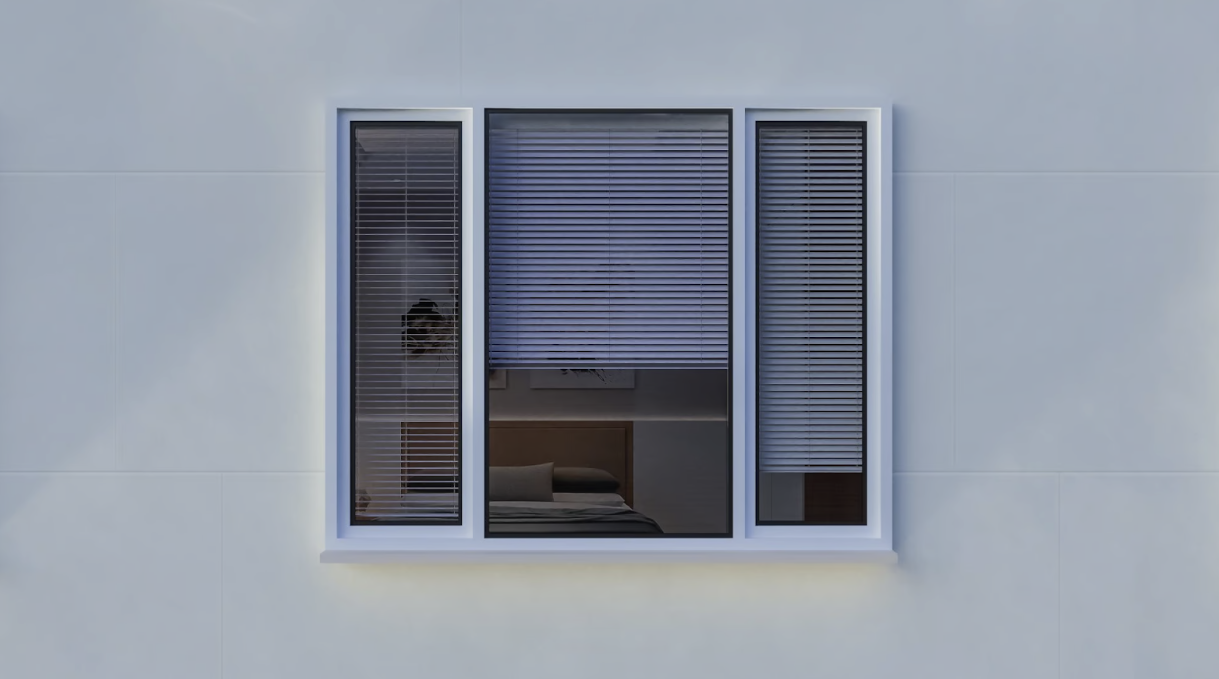How to Fix Your Tiny Home's Roofing Issues: A Guide
Living in a tiny home offers unique advantages, from minimalistic living to reduced costs, notes propertycarehouston.com, a leading property management company. However, roofing issues can arise in these compact spaces, often leading to significant problems if not addressed quickly. Understanding common roofing problems and their solutions is crucial to maintaining your tiny home's integrity. Here is an explanation of how you can identify and fix roofing issues effectively.
Get Regular Inspections
Getting regular inspections for your tiny home's roof is crucial for the early detection of potential issues. Schedule professional inspections at least once a year, ideally before and after harsh weather seasons. During these inspections, experts can identify signs of wear, such as cracks, missing shingles, or inadequate flashing, that you might overlook. For regular inspections, options for Denver roofers can include comprehensive assessments of your roof's condition, routine maintenance plans, and expert advice on necessary repairs or upgrades. Additionally, they can assess the overall condition of your roofing materials and ensure proper drainage in gutters and downspouts.
Common Roofing Problems in Tiny Homes
Tiny homes are susceptible to various roofing issues, such as leaks, poor insulation, and structural damage. One common problem is leaks, which can occur due to age, weather conditions, or improper installation. Even a small leak can lead to mold growth and water damage if left untreated. Poor insulation can result in heat loss during winter months, making your tiny home uncomfortable. Understanding these issues is the first step in effective repair.
Identifying Roof Leaks
Finding leaks in your tiny home’s roof can be challenging due to the limited space. Start by inspecting the interior for signs of water damage, such as stains or discoloration on the walls or ceiling. Next, check the roof for missing shingles, cracks, or gaps. If you suspect a leak, perform a water test by spraying water on different areas of the roof and observing for leaks inside. This method can help pinpoint the exact location of the leak.
Inspect the Roof Surface: Begin with a thorough inspection of the roof's surface. Look for any obvious signs of damage, such as missing or cracked shingles. Pay close attention to areas around vents, chimneys, and flashing, as these are common leak points. Also, examine any seams where two roofing materials meet, as these can be prone to wear and tear over time.
Check for Mold and Mildew: Mold and mildew growth inside your tiny home can indicate a hidden leak. If you notice a musty odor or see discoloration on walls or ceilings, it’s essential to investigate further. Check the areas adjacent to the suspected leak for water stains or soft spots in the drywall, which could signal that moisture has penetrated your roofing materials. If mold is present, it’s crucial to address both the leak and the mold issue to maintain a healthy living environment.
Evaluate the Attic Space: If your tiny home has an attic, this space can provide critical clues about roofing issues. Inspect the attic for any signs of water intrusion, such as damp insulation or visible water stains on the rafters. Proper ventilation is also vital - a poorly ventilated attic can trap heat and moisture, leading to condensation and potential leaks. Ensure that vents are clear of debris and functioning correctly to prevent further issues.
Repairing Roof Leaks
Once you've identified the leak's location, it’s time to make repairs. For minor leaks, you can use roofing sealant to cover small cracks or gaps. Clean the area around the leak, apply the sealant, and allow it to dry according to the manufacturer's instructions. For larger leaks or damaged shingles, consider replacing the affected materials. Carefully remove the damaged shingles, apply underlayment, and install new shingles to ensure a watertight seal.
Improving Roof Insulation
Insufficient insulation can lead to energy loss and uncomfortable living conditions in your tiny home. To improve insulation, first, assess your current insulation materials. If they are inadequate, consider adding additional insulation to the roof and walls. Foam board insulation or spray foam insulation are effective options that provide excellent thermal resistance. Be sure to seal any gaps where air could escape to maximize energy efficiency.
Maintaining Your Roof
Regular maintenance is essential for preventing roofing issues. Conduct visual inspections of your roof at least twice a year, checking for any signs of damage, debris buildup, or wear. Clean your gutters and downspouts to ensure proper water drainage, as clogged gutters can lead to water pooling on the roof. Consider applying a protective coating to extend the life of your roofing materials and enhance water resistance.
Fixing roofing issues in your tiny home doesn’t have to be overwhelming. By understanding common problems, identifying leaks, and implementing effective repair and maintenance strategies, you can protect your investment and ensure a comfortable living environment. Regular inspections and prompt repairs will extend your roof's lifespan and keep your tiny home in top condition for years to come.










